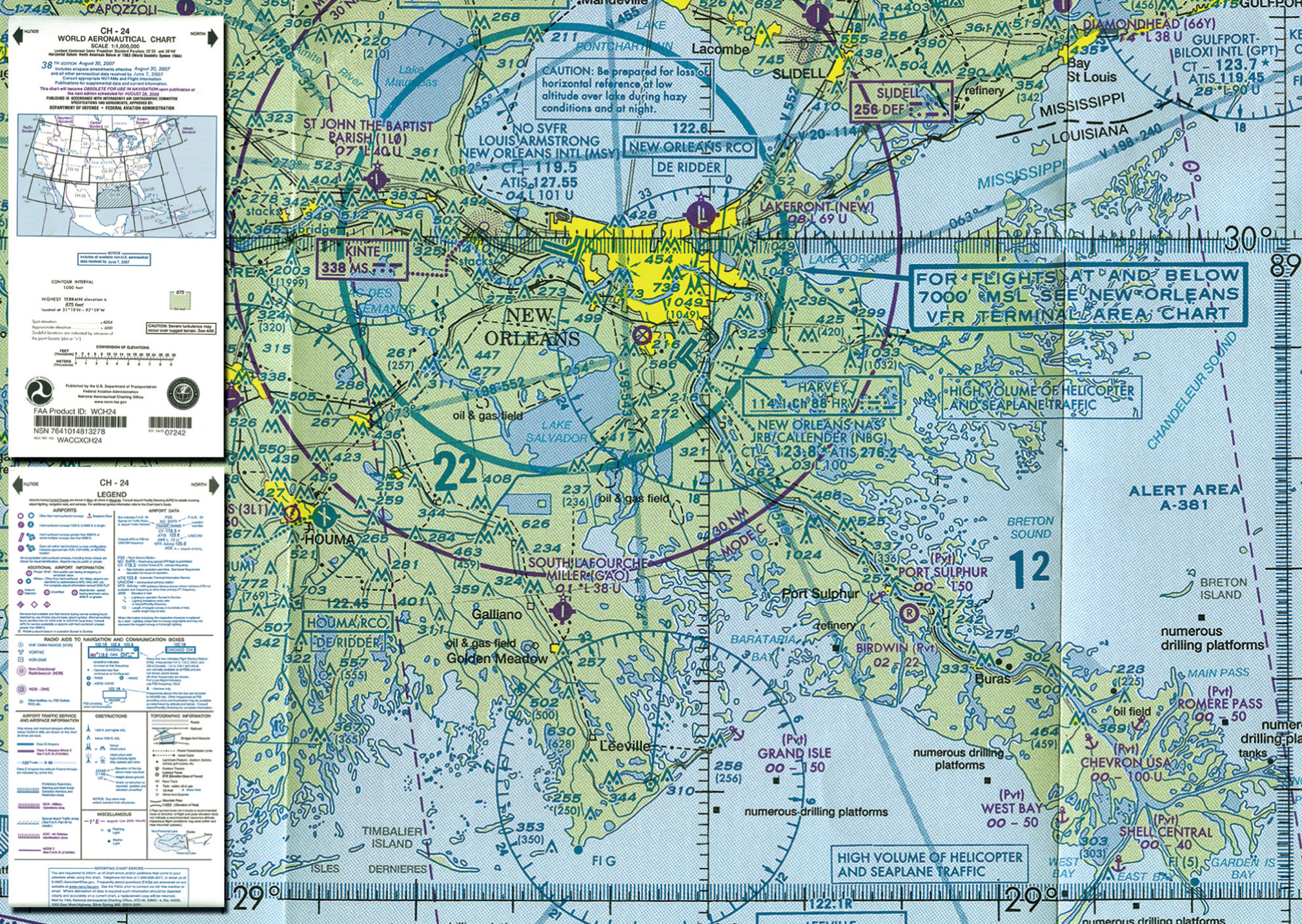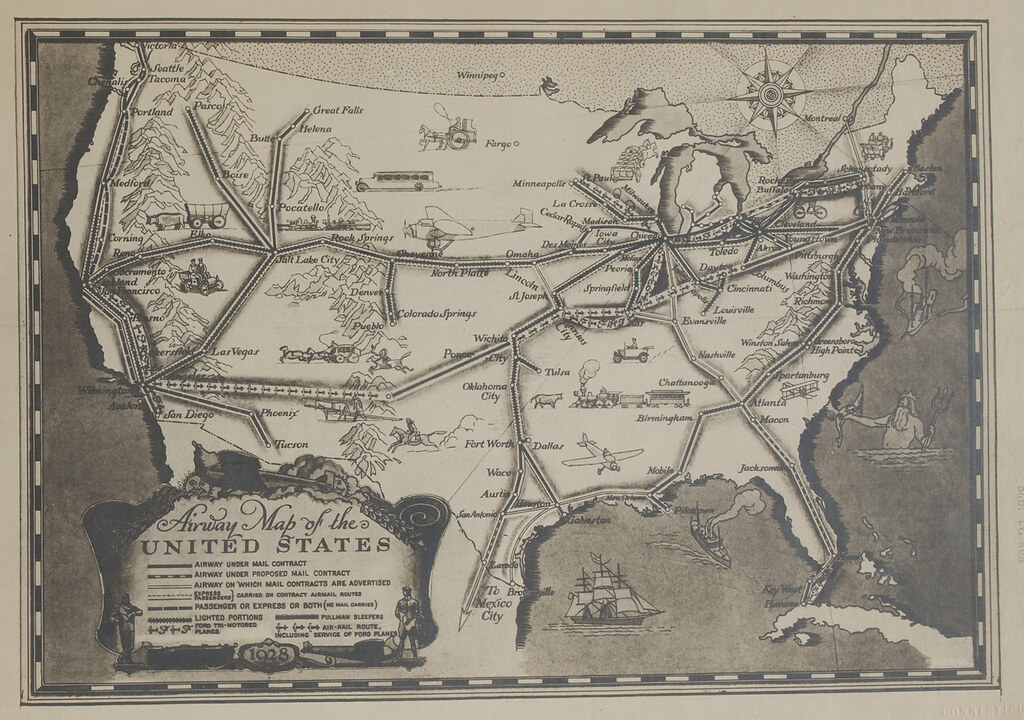

STAR charts are designed to expedite ATC arrival procedures and to facilitate transition between en route and instrument approach operations. Standard Terminal Arrival ( STAR) Charts.They furnish pilots' departure routing clearance information in graphic and textual form. DP charts are designed to expedite clearance delivery and to facilitate transition between takeoff and en route operations. Instrument Departure Procedure ( DP) Charts.Each procedure is designated for use with a specific electronic navigational aid, such as ILS, VOR, NDB, RNAV, etc. Each chart depicts the IAP, all related navigation data, communications information, and an airport sketch. IAP charts portray the aeronautical data that is required to execute instrument approaches to airports. Instrument Approach Procedure ( IAP) Charts.
#Air navigation charts for free
A Change Notice is published at the midpoint between revisions in bound volume format and is available on the internet for free download at the AIS website. TPPs are published in 24 loose-leaf or perfect bound volumes covering the conterminous U.S., Puerto Rico and the Virgin Islands. The chart contains aeronautical information for general aviation VFR pilots on one side and commercial VFR air tour operators on the other side. Covers the Grand Canyon National Park area and is designed to promote aviation safety, flight free zones, and facilitate VFR navigation in this popular area. Information depicted includes offshore mineral leasing areas and blocks, oil drilling platforms, and high density helicopter activity areas. The Gulf Coast Chart is designed primarily for helicopter operation in the Gulf of Mexico area. Areas with TAC coverage are indicated by a The TAC should be used by pilots intending to operate to or from airfields within or near Class B or Class C airspace. While similar to sectional charts, TACs have more detail because the scale is larger. TACs depict the airspace designated as Class B airspace.

The aeronautical information includes visual and radio aids to navigation, airports, controlled airspace, special-use airspace, obstructions, and related data. Cultural features include cities and towns, roads, railroads, and other distinct landmarks. The topographic information consists of contour lines, shaded relief, drainage patterns, and an extensive selection of visual checkpoints and landmarks used for flight under VFR. Sectional Charts are designed for visual navigation of slow to medium speed aircraft.
#Air navigation charts series

Pilot/Controller Roles and Responsibilities.

Operational Policy/Procedures for the Gulf of Mexico 50 NM Lateral Separation Initiative.Operational Policy/Procedures for Reduced Vertical Separation Minimum (RVSM) in the Domestic U.S., Alaska, Offshore Airspace and the San Juan FIR.Radio Communications Phraseology and Techniques.Air Navigation and Obstruction Lighting.Aeronautical Lighting and Other Airport Visual Aids.Performance-Based Navigation (PBN) and Area Navigation (RNAV).
#Air navigation charts code


 0 kommentar(er)
0 kommentar(er)
